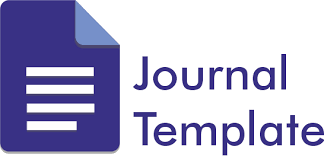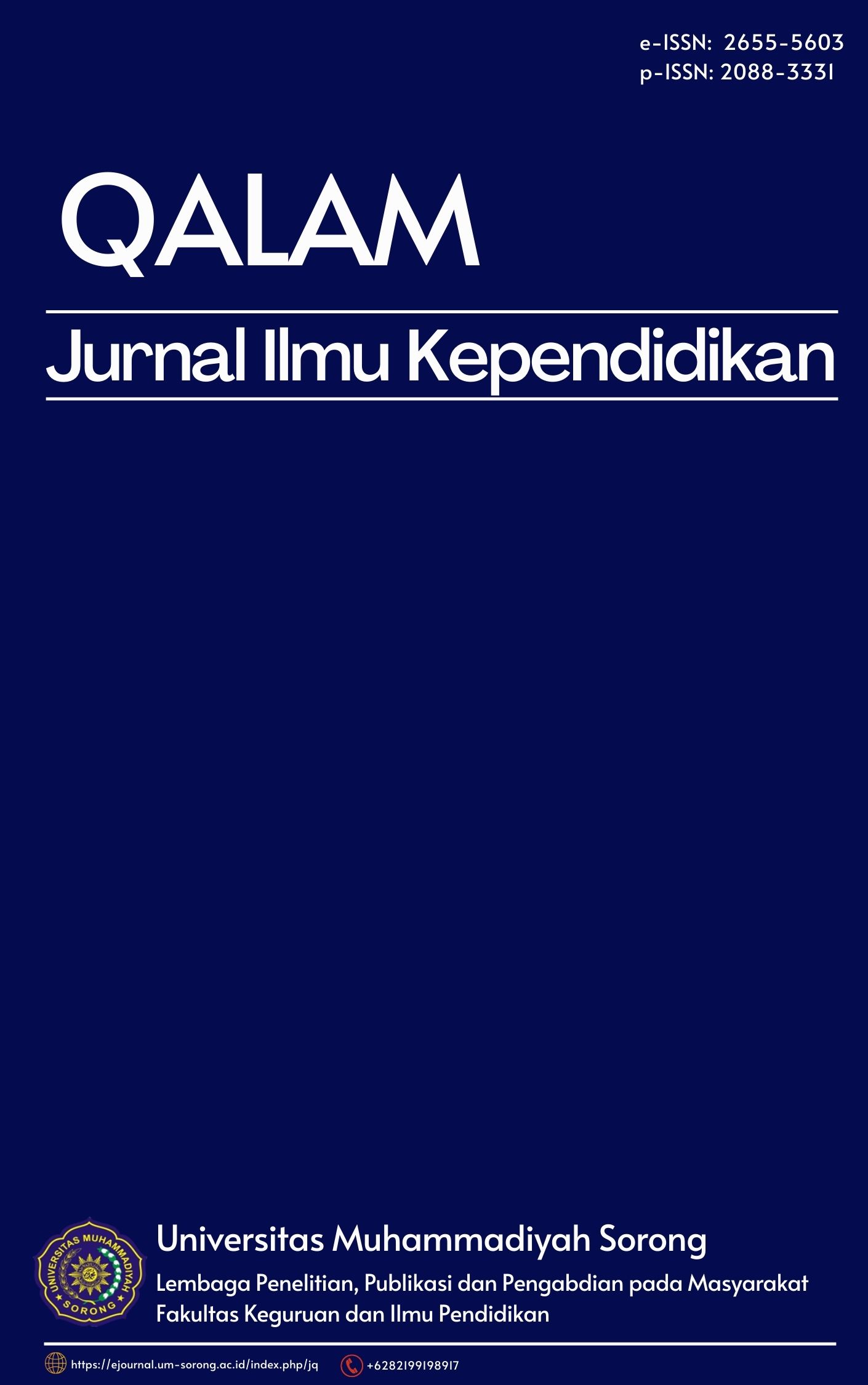The Use of Higher Order Thinking Questions in Reading Comprehension to Improve the Students’ Critical Thinking
DOI:
https://doi.org/10.33506/jq.v9i1.941Keywords:
Higher order thinking questions, critical thinking, reading comprehensionAbstract
This research attempts to find out whether the use of higher order thinking questions in reading comprehension classroom activities is effective in teaching critical thinking. All participants were second-grade students of Ulul Albab Islamic senior high school in Makassar, Indonesia. This research was conducted through pre-experimental study design with one group as the sample consists of 20 students. The instruments were reading tests used in both pre-test and post-test. The research findings indicated that the use of higher order thinking questions in reading comprehension is can improve the students’ critical thinking. It was proved by the mean score of pretest was 4.45then improved to be 6.50 in post test. It is also proved with t-test value. The researcher found that the value of t-test (8.542) was greater than t-table (2.093) at the level of significances. It means that there is a significant difference between the result of the students’ pre-test and post-test. Therefore, hypothesis H0 was rejected and H1 was accepted. Thus the researcher concludes that using higher order thinking questions in reading comprehension is effective in fostering critical thinking of the second year students of MA Ulul Albab Makassar.References
Andre, T. 1979. Does Answering Higher-Level Questions While Reading Facilitate Productive Learning?. Review of Educational Research Spring, 49(2), 280-318 doi: 10.3102/00346543049002280
Assiddiq, M., A. (2019). Authentic Materials in Reading Comprehension Classroom: Its Effectiveness to Indonesian EFL Students’ Achievement. International Journal for Educational and Vocational Studies, 1 (7), 707-712
Beyer, B. K. (1995). Critical thinking. Bloomington, IN: Phi Delta Kappa Educational Foundation.
Boettcher, J.V. 2010. Designing for Learning: E-Coaching Tip 75 Designing for Evaluating and Creating Levels of Bloom’s Taxonomy – Actions and Thoughts from 2/23/10 Webinar, (Online), (http://www.designingforlearning.info/services/writing/ecoach/tips/tip75.html)
Brookhart, S.M. 2010. How to assess higher-order thinking skills in your classroom. Alexandria, Virginia USA: ASCD.
Cazier, J.D. 2010. Fostering Critical Tinking. West Point, NY: United States Military Academy.
Cuseo, J. Questions that promote Deep Thinking Skills. Retrieved from http://oncourseworkshop.com/life-long-learning/questions-promote-deeper-thinking/
Ennis, R.H. 1993. Critical Thinking Assessment. Theory Into Practice, 32(3), 179-186.
Fredericks, A.D. 2010. The Teacher’s Handbook: Strategies for Success. Lanham, Md.: Rowman & Littlefield Education.
Gay, L.R., Mills, G.E., & Airasian, P. 2006. Educational Research: Competencies for Analysis and Application. Eight Edition. New Jersey: Pearson Prentice Hall.
Hand, B. 2002. Influences of Writing Tasks on Students' Answers to Recall and Higher-Level Test Questions. Research in Science Education 32(1), 19-34. Retrieved from: http://link.springer.com/article/10.1023/A:1015098605498
Hove, G.M. 2011. Developing Critical Thinking Skills in the High School English Classroom. Thesis. University of Wisconsin-Stout.
Hosseini, E., et al. 2012. Exploring the Relationship Between Critical Thinking, Reading Comprehension and Reading Strategies of English University Students. World Appl. Sci. J., 17 (10): 1356-1364. Retrieved from www.researchgate.net/publication/260190144_Exploring_the_Relationship_Between_Critical_Thinking_Reading_Comprehension_and_Reading_Strategies_of_English_University_Students
Jaffar, S. 2004. Teaching Critical Thinking through Literature. Journal of Research (5). Faculty of Languages & Islamic Studies.
Krathwohl, D. R. 2002. Revision of Bloom’s Taxonomy: Overview. Theory into Practice, 41(4), 212-218.
Krueger, J.K. 2009. Intellectual Standards of Thinking Resource Packet. First Year Seminar Marian University.
Lewis, A. & Smith, D. 1993. Defining Higher Order Thinking. Theory Into Practice, 32(3) 131-137. College of Education, the Ohio State University.
Mayer, R.E. 2002. Rote Versus Meaningful Learning. Theory into Practice, 41(4), 226-232. The H.W. Wilson Company.
Mendelman, L. (2007). Critical thinking and reading. Journal of Adolescent and Adult Literacy, 51(4), 300-304. Retrieved from http://www.reading.org/General/Publications/Journals/jaal.aspx
Nesbitt-Hawess, P.J. 2005. Higher Order Thinking Skills in a Science Classroom Computer Simulation. Thesis. Brisbane: Queensland University of Technology.
Norris, S. P., & Ennis, R. H. (1989). Evaluating Critical Thinking. Pacific Grove, CA: Critical Thinking Press & Software.
Paul, R. & Linda E. 2007. The Miniature Guide to Critical Thinking Concept and Tools. Fourth Edition. The Foundation for Critical Thinking. Retrieved from: www.criticalthinking.org
Pescatore, C. (2007). Current events as empowering literacy: For English and social studies teachers. Journal of Adolescent & Adult Literacy, 51(4), 326-339. Retrieved from http://www.reading.org/General/Publications/Journals/jaal.aspx
Santrock, J.W. 2006. Educational Psychology. Second Edition. New York: McGraw-Hill
Senechal, D. (2010). The Most Daring Education Reform Act of All. American Educator, 34(1), 4-16. Retrieved from http://www.aft.org/newspubs/periodicals/ae/issues.cfm
Sutikno, M.S. 2006. Pendidikan Sekarang dan Masa Depan. Mataram: NTP Press.
Warburton, E. & Bruce T. 2005. The Effect of Perceived Learner Advantages on Teachers’ Beliefs About Critical-Thinking Activities. Journal of Teacher Education, 56(1), 24-33 DOI: 10.1177/0022487104272056
Triyoko, H. 2007. The Teaching of Critical Thinking Skills. Melbourne. Retrieved from mbox.thejakartapost.com/news/2007/08/14/teaching-critical-thinking-skills.html
Xu, J. 2011. The Application of Critical Thinking in Teaching English Reading. Academy Publisher.
Downloads
Published
How to Cite
Issue
Section
License
The article copyright is owned by the author and Qalam: Jurnal Ilmu Kependidikan

This work is licensed under a Creative Commons Attribution-ShareAlike 4.0 International License.




